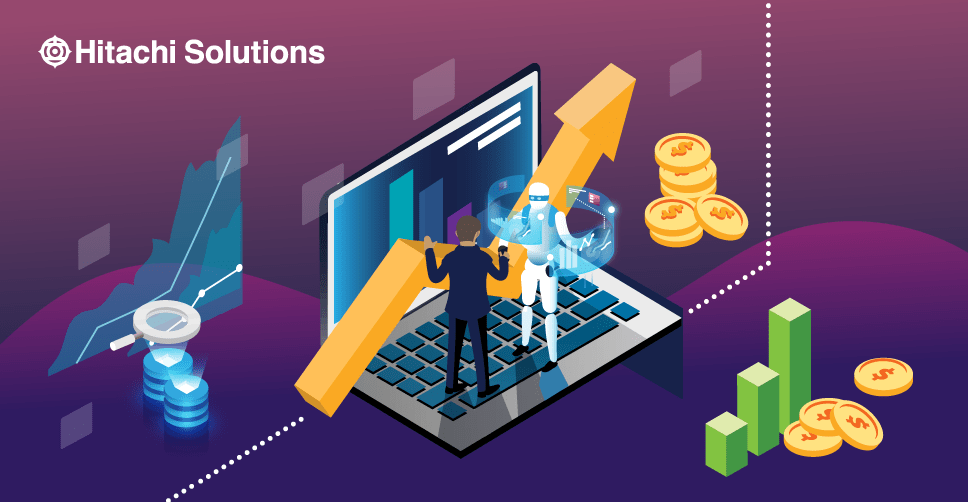Software as a Service, commonly referred to as SaaS, is a popular software delivery model that has revolutionized the software industry in recent years. SaaS has become increasingly popular due to its many benefits, including cost-effectiveness, scalability, and flexibility. In this article, we will explore SaaS in detail, including its definition, advantages, and key features.

Definition of SaaS: SaaS is a cloud-based software delivery model that allows users to access software applications through the internet without the need for installation or maintenance. With SaaS, users can access software applications on-demand, pay on a subscription basis, and scale up or down as required.
Advantages of SaaS: SaaS has several advantages over traditional software delivery models, including:
- Cost-Effectiveness: With SaaS, users pay only for what they use, which makes it a cost-effective option for small and medium-sized businesses.
- Scalability: SaaS applications can scale up or down as required, which makes it easy for businesses to manage growth or contraction without worrying about software limitations.
- Flexibility: SaaS applications are flexible and can be accessed from anywhere with an internet connection, which makes it ideal for remote workforces and mobile workers.
- Easy to Use: SaaS applications are designed to be easy to use, which means that users can start using them immediately without the need for extensive training.
Key Features of SaaS: SaaS applications have several key features that make them unique, including:
- Multi-Tenancy: SaaS applications are multi-tenant, which means that multiple users can access the same software application simultaneously.
- Automatic Updates: SaaS applications are automatically updated by the provider, which means that users always have access to the latest version of the software.
- Pay-as-You-Go: SaaS applications are typically priced on a subscription basis, which means that users only pay for what they use.
- Cloud-Based: SaaS applications are cloud-based, which means that they are hosted on remote servers and can be accessed from anywhere with an internet connection.
Challenges of SaaS: While SaaS has many benefits, it also has some challenges that businesses should be aware of, including:
- Security: Since SaaS applications are cloud-based, they are vulnerable to cyber threats, and businesses must take appropriate measures to protect their data.
- Data Ownership: With SaaS, data ownership can be a challenge, and businesses must ensure that they retain ownership of their data.
- Integration: Integrating SaaS applications with other software applications can be challenging, and businesses must ensure that they can integrate with existing systems.
Conclusion: SaaS has revolutionized the software industry, offering businesses cost-effectiveness, scalability, and flexibility. SaaS applications have several key features that make them unique, including multi-tenancy, automatic updates, pay-as-you-go pricing, and cloud-based architecture. However, businesses must be aware of the challenges associated with SaaS, including security, data ownership, and integration. Overall, SaaS is a powerful tool that can help businesses stay competitive in today’s digital age

